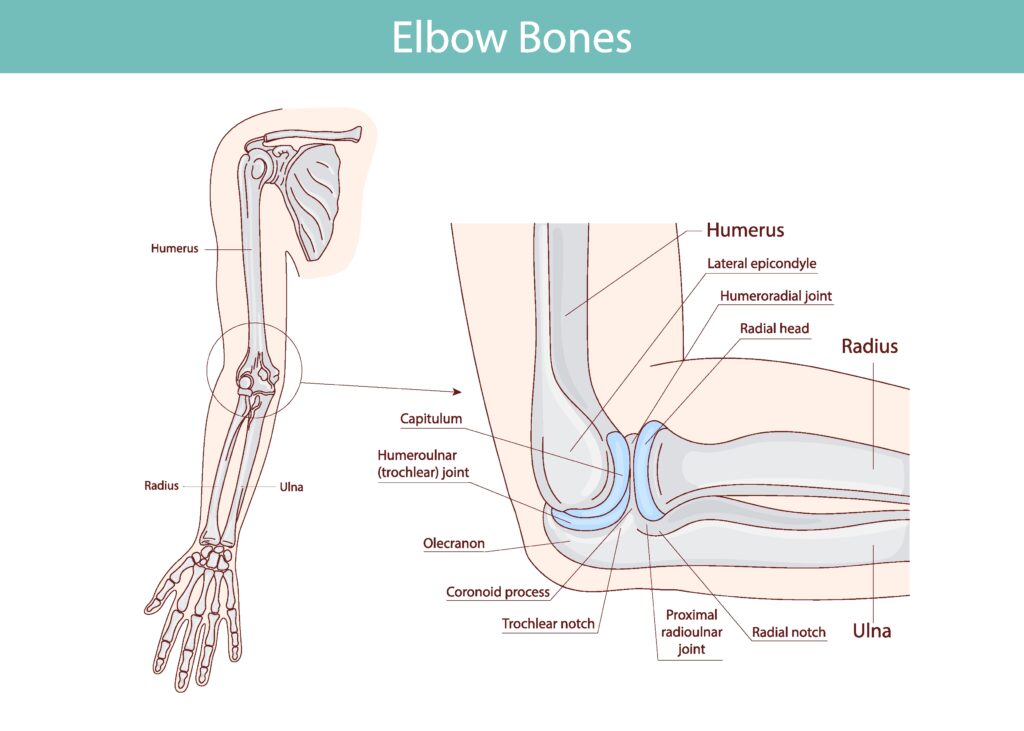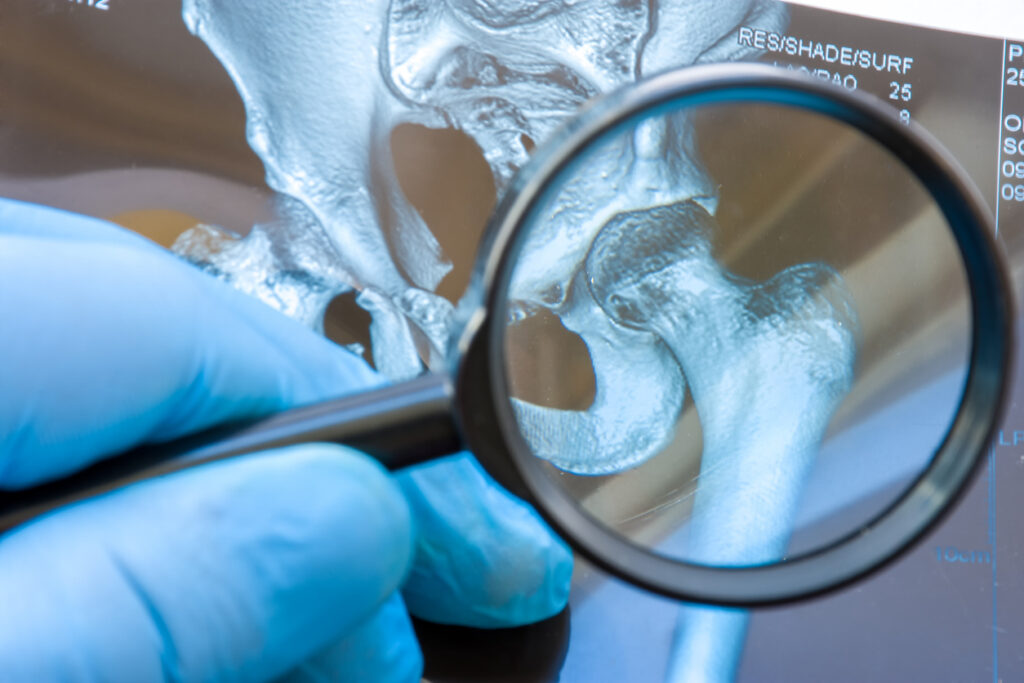A fall onto an outstretched arm can leave you with more than just a bruise — it’s one of the most common ways people injure the radial head, the rounded top of the radius bone in the forearm. When this part of the elbow joint cracks or breaks, everyday movements like bending the arm, turning the wrist, or even lifting light objects can become painful and difficult. Recovery often takes several weeks, and the appropriate treatment depends on the type of fracture and whether other parts of the elbow are affected. This comprehensive guide outlines how radial head fractures occur, the common signs and symptoms, current treatment options available in 2025, and what the typical recovery process involves.

Understanding Radial Head Fractures
The radial head plays a vital role in the elbow joint by stabilizing and transmitting loads. It sits at the upper end of the radius bone, where it connects with the humerus and ulna. About 20% of acute elbow injuries involve radial head fractures. These injuries can affect anyone, but women face a slightly higher risk than men. Women are most likely to experience these fractures between ages 50 and 60, while men tend to sustain them between ages 30 and 40.
The radiocapitellar joint handles about 60% of the elbow’s load transfer. The radial head also serves as a backup stabilizer against valgus forces, especially when the medial collateral ligament is weakened.
Radial head fractures typically occur after falling on an outstretched hand with the forearm pronated and elbow slightly bent. This position drives the radial head into the humerus, leading to the fracture.
Common symptoms include:
- Pain and swelling on the outside of the elbow
- Limited movement, especially when rotating the forearm
- Tenderness over the radial head
- Difficulty bending or straightening the elbow
These fractures often occur alongside other injuries. In fact, up to 92% of cases involve additional damage, which becomes more likely as the fracture severity increases.
Complications and Risks
Most radial head fractures heal well, but some patients may experience challenges during recovery. Possible complications include:
- Joint Stiffness: Limited range of motion is the most common issue if early movement is delayed.
- Instability: Ligament injuries or improperly treated fractures can lead to elbow looseness.
- Chronic Pain: Ongoing discomfort may occur if bone fragments heal incorrectly or if there is associated soft tissue damage.
- Arthritis: Damage to the joint surface increases the long-term risk of post-traumatic arthritis.
- Nerve irritation: In some cases, injury near the radial head can lead to radial tunnel syndrome, where the radial nerve is compressed, causing pain, tingling, or numbness along the forearm.

Treatment Options in 2025
Treatment depends on the type of fracture, the amount of displacement, and whether other injuries are involved. Consider the following treatment options:
- Mason Type I (non-displaced): Typically managed without surgery. Patients undergo 3–7 days of immobilization followed by early range-of-motion exercises to prevent stiffness.
- Mason Type II (displaced >2 mm): Surgery may be necessary if fragments are unstable or block movement. Surgeons often perform open reduction and internal fixation (ORIF), using screws or plates to stabilize the bone.
- Mason Type III (comminuted): Modern treatment has shifted toward radial head arthroplasty (replacement) rather than ORIF. Recent studies show arthroplasty results in fewer complications (about 11% vs. 40%) and better functional outcomes. New prosthetic designs with modular components improve joint stability and reduce problems such as overstuffing.
- Non-surgical Functional Bracing: A removable brace supports the elbow while allowing controlled movement, promoting healing and preventing stiffness without surgery.
- Radial Head Resection: In certain cases, removing the radial head can relieve pain and restore motion, particularly for severely comminuted fractures in low-demand patients.
Rehabilitation emphasizes early movement. Patients begin gentle exercises shortly after surgery and progress to load-bearing activities around six weeks, under the guidance of a physiotherapist.

Contact Us
Radial head fractures are among the most common elbow injuries, and with appropriate care, most patients achieve a full recovery. Proper evaluation and timely treatment are essential to minimize pain, restore mobility, and prevent complications such as stiffness or long-term joint issues. Advances in surgical techniques, including modern radial head replacement, have improved outcomes for more complex fractures, allowing patients to return to their normal activities more effectively. If you are experiencing persistent elbow pain, limited motion, or have recently sustained an injury, it is important to seek expert care. Schedule a consultation with Peter Howard, M.D., to receive a thorough evaluation and a treatment plan tailored to your specific needs, supporting a safe and effective recovery.


